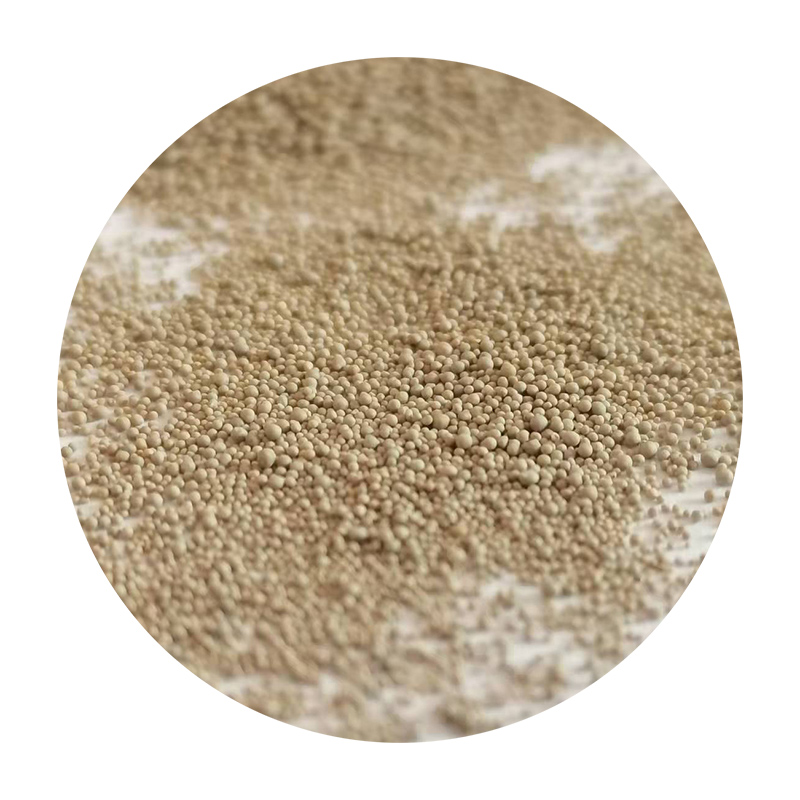How to Sand Ceramic A Comprehensive Guide
Sanding ceramic can be a rewarding process, whether you’re looking to prepare a piece for glazing, reshaping a surface, or simply refining the finish. This guide will take you through the steps necessary to effectively sand ceramic items, ensuring a smooth and polished result.
Understanding the Basics
Ceramics are made from clay and other inorganic materials that are hardened through heat. Because of their durability, sanding ceramics requires specific tools and techniques. The primary goal of sanding ceramic is to create a smooth surface by removing imperfections, uneven spots, or rough edges.
Before you begin, it's important to understand that different types of ceramic materials (such as bisque ware, glazed pottery, and stoneware) require varying techniques when sanding. Assess the type of ceramic piece you are working with, as this will guide your approach.
Tools and Materials Needed
To sand ceramic effectively, you will need the following tools and materials
1. Sandpaper Use a variety of grits for different stages of sanding. Start with a coarse grit (80-120) for heavy sanding and move to finer grits (220-400) for smoothing. 2. Sanding Block or Sponge For better control and even pressure, especially on flat surfaces.
3. Water or Liquid Lubricant This can prevent dust and debris from creating a mess and can help reduce heat buildup while sanding.
4. Protective Gear Safety goggles and a mask are essential, especially when sanding glazed ceramics, as the dust can be harmful when inhaled.
5. Cloth For cleaning the piece after sanding.
Step-by-Step Process
1. Preparation
how to sand ceramic

Start by cleaning the ceramic piece thoroughly. Remove any dust, dirt, or residues. If the ceramic is glazed, ensure that the surface is dry and free from any oils or greases.
2. Initial Sanding
Using your coarse grit sandpaper or sanding block, begin to sand the ceramic piece. Apply even pressure and move in small, circular motions. If you're working on a specific area, such as a rough edge, focus your efforts there. Take your time; rushing this step can lead to uneven results.
3. Wet Sanding (If Necessary)
For glazed ceramics, consider wet sanding. Dip your sandpaper in water or use a spray bottle to dampen the surface lightly. Wet sanding helps to minimize dust and achieves a smoother finish. Repeat the same sanding motions, moving to finer grits as you progress.
4. Fine Sanding
Once the initial sanding is complete, switch to finer grit sandpaper. This is crucial to remove scratches left by the coarse grit. Continue the circular motion and apply less pressure. If you see significant scratches, you may need to revert to an intermediate grit before moving back to finer grits.
5. Cleaning
After sanding, use a damp cloth to wipe down the surface and remove any dust. This is important, especially before glazing, as any remnants can interfere with the bonding of paints or sealants.
6. Inspecting the Surface
Examine the piece closely under good lighting. Look for any remaining imperfections. You may need to touch up certain spots with a finer grit sandpaper. Repeat the sanding and cleaning process as necessary until you achieve the desired smoothness.
Conclusion
Sanding ceramics is a straightforward yet meticulous task. By following these methods and using the right tools, you can enhance the appearance of your ceramic pieces dramatically. Whether you’re preparing for glazing or simply refining the piece, the key is patience and attention to detail. With practice, you’ll find the process becomes easier, and the results will speak for themselves, allowing you to enjoy the beauty of your ceramic creations.
Post time:Samh . 14, 2024 14:07
Next:applications of sand casting process
